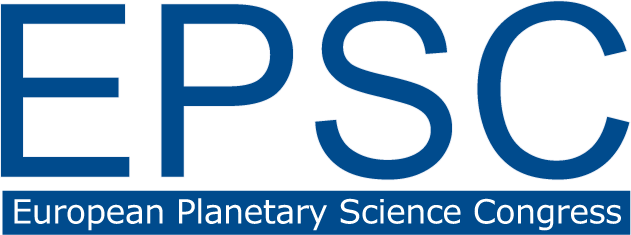Session programme
TP – Terrestrial Planets
Programme group coordinators: Gabriele Cremonese, Lena Noack, Ganna Portyankina, Jordan Steckloff
TP-III – Planet formation, evolution and dynamics
EXO4
Co-organized as TP10/OPS14
Convener:
Frank Sohl
|
Co-conveners:
Karen Appel,
Dan Bower,
Caroline Dorn,
Martin French,
Helene Massol,
Nadine Nettelmann,
Lena Noack,
Apurva V. Oza,
Gerd Steinle-Neumann
EXO10
Co-organized as TP11
TP13
Co-organized as OPS12/SB13
Convener:
Alexander Stark
|
Co-conveners:
Dominic Dirkx,
Antonio Genova,
Xuanyu Hu,
Valery Lainey,
Gregor Steinbrügge,
Marie Yseboodt
TP14
Co-organized as OPS13/EXO15
Convener:
Maxim Ballmer
|
Co-conveners:
James Badro,
Renaud Deguen,
Alison Hunt,
Ana-Catalina Plesa,
Sebastiano Padovan,
Gregor Golabek,
Lena Noack


